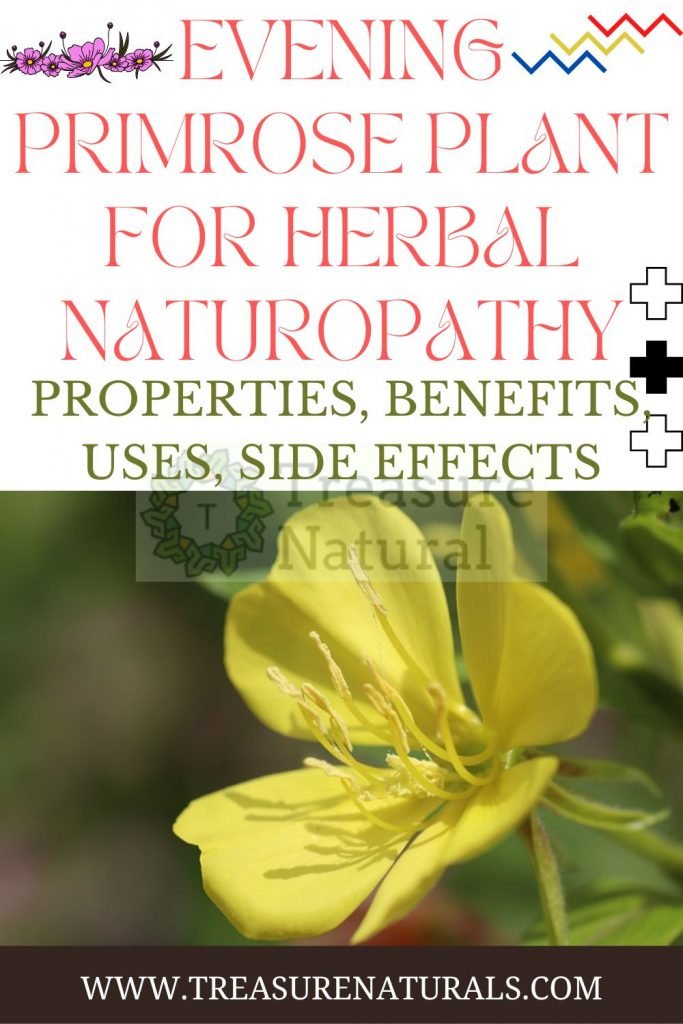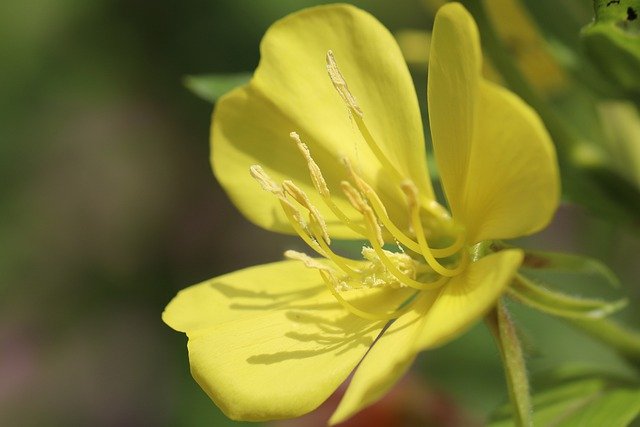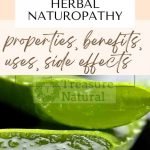
Evening primrose (Oenothera biennis) belongs to the Onagraceae family. Known as a protective plant against skin diseases, it is useful for disorders of the female hormonal system. Let’s find out more.
Properties of evening primrose
From the seeds of the evening primrose is extracted a vegetable oil rich in omega-6 or gamma-linolenic acid (7% to 10%); and other unsaturated fatty acids, (linoleic acid/omega 3 and oleic acid/omega 9), which cannot be synthesized by the human body.
These essential fatty acids are important constituents of the phospholipids of cell membranes, because they serve to ensure their elasticity and integrity. For this reason, evening primrose is used in the treatment of skin disorders, such as atopic dermatitis, characterized by intense itching, redness and peeling; atopic eczema, sunburn.
The essential fatty acids of which evening primrose is rich are also precursors of prostaglandins, fundamental substances for those female hormonal processes that cause the typical disorders of the premenstrual phase. Evening primrose oil is therefore used for internal use to counteract premenstrual syndrome, characterized by irritability, depressive or anxious states, painful tension in the breast and water retention; up to more serious pathologies such as fibrocystic mastopathy (presence of cysts in the breast), because it is able to reduce the size of breast cysts of a benign nature, to hinder their formation, thus reducing the possibility of recurrence, after their surgical removal.
Finally, these active ingredients give the plant blood-thinning action, because they are precursors of coagulation processes, such as thromboxanes, justifying the dietary supplementation of evening primrose oil in the prevention and treatment of cholesterol and cardiovascular diseases.
How to use
INTERNAL USE
Evening primrose oil is found both in the form of vegetable oil, in the dose of 1-2 tablespoons per day, to be taken absolute.
On the market it is also found as a dietary supplement in the form of pearls to be taken in the amount of 10 -15 mg. per kg of body weight, depending on the disorder to be treated.
EXTERNAL USE
Evening primrose oil can be used directly on the skin possibly in the evening to take advantage of the antioxidant and protective action on dry skin or that presents disorders, or in the presence of wrinkles; it can be added to your cream, to enhance the anti-aging effect; or it can be combined with calendula or hypericum oleolite, or other vegetable oil, to take advantage of the anti-inflammatory action on particularly large areas.
Contraindications of evening primrose
Oil extracted from evening primrose seeds is contraindicated in case of epilepsy and can interact with neuroleptic drugs. Excessive intake can also lead to allergies, nausea and headaches, so it is always advisable to take it in the doses indicated.
Description of the plant
Biennial, pubescent (scattered hairs) and glandulous herbaceous plant. The first year produces a rosette of leaves, and sometimes small stems; in the second it develops the stem to produce flowers and seeds. The stem is erect, simple (or not very branchy) and robust, with many leaves, often has dots or red streaks. It has large and fleshy roots of taproot type and slightly reddish. The leaves are whole, hairless (but also bristly), of membranous consistency and innervated (the central nerve is eventually reddened). The edge is denticulated irregularly: the basal ones are arranged in a rosette; petiolate and the shape is oblong-ovate with obtuse apex; while those of the stem are subsessile, smaller, alternate, with a strictly lanceolate shape. The inflorescence is composed of several large (solitary) flowers arranged in long leafy racemes. At the apex of the stem the inflorescence can be presented in an umbrella-like way. The flowers are pedunculated, hermaphroditic, pentacyclic, pentamers, last about 30 hours.
The habitat of evening primrose
Native to North America, it now grows spontaneously even in the temperate regions of Europe, in particular on loose soils and in sunny positions.
Background

Cultivated by native Americans, its root was used as an anti-inflammatory for the treatment of swelling on the body, the evening primrose is introduced in Europe in the seventeenth century, becoming a widespread folk remedy, with the reputation of a medicinal plant, so much so that in English it is called king’s cure all oe”king’s panacea“.
The currently accepted scientific binomial, Oenothera biennis, was proposed by Carl von Linné, in the year 1735, combining two Greek terms: oinos “wine” and thèra “desire“. According to some sources, this choice was linked to the fact, that in ancient times the root was used as a flavoring ingredient, in the preparation of some wines. The specific name, biennis, refers to the development in two years of the plant.
In 1919, Heiduschka and Lüft extracted evening primrose seed oil for the first time, isolating its most important active ingredient, γ-linolenic acid, which they described as an unusual linolenic acid, which they gave the name “γ” (gamma-linolenic), known today as omega-6.






